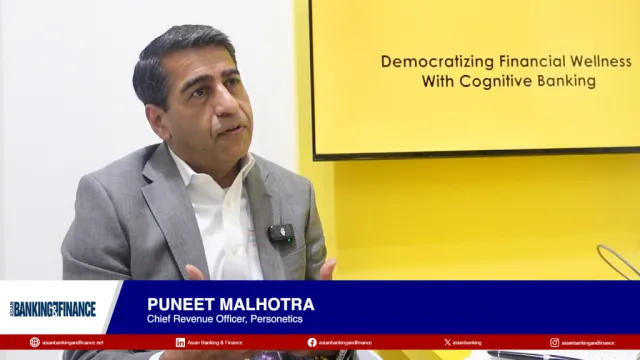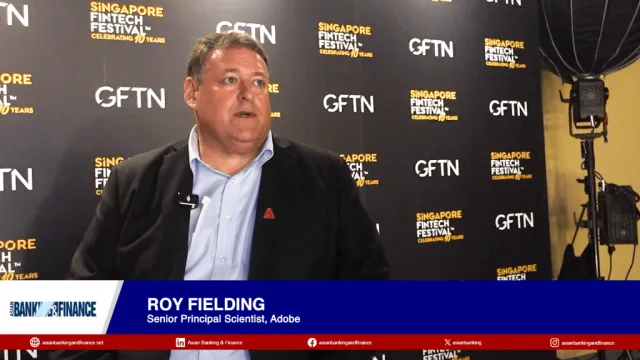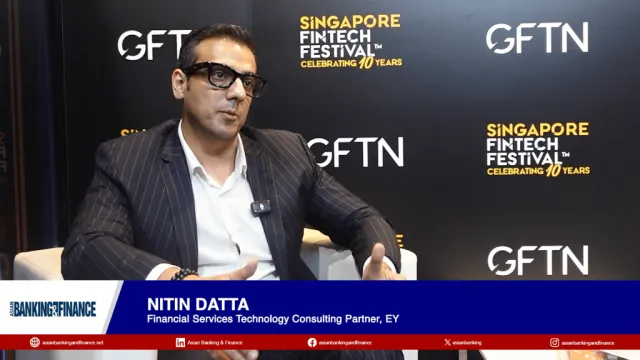
Navigating liquidity challenges for VCs in Asia Pacific
By Pang Lee and William K. PaoBeyond legal restructuring, technology is beginning to play a larger role in addressing liquidity challenges.
Asia-Pacific (APAC) venture capital (VC) and private equity (PE) investors are facing persistent liquidity challenges with renewed urgency amidst macroeconomic volatility.
Geopolitical uncertainty, tighter fundraising conditions and weaker exit markets are extending holding periods and prompting a reassessment of the investment lifecycle.
A model once driven by rapid exits and predictable returns is now strained by delays and pressure from limited partners (LPs) seeking distributions. What was once a cyclical concern has become a structural issue, as outdated assumptions about predictable exits clash with today’s market realities.
In response, investors are exploring new liquidity pathways through advanced structuring, tax optimisation, and tools such as tokenisation for end-of-life funds. These mechanisms do more than bridge gaps, they offer a way forward for firms seeking to stay competitive in a radically reshaped landscape.
Liquidity constraints of private equity
At the core of this challenge is the inherent illiquidity of private equity. Closed-ended fund structures typically lock in capital for a defined term, giving general partners (GPs) the flexibility to manage assets without investor redemption pressures. Early exits are limited to secondary sales, where third-party buyers assume fund positions.
Whilst effective in stable markets, this model poses growing problems for older funds holding illiquid assets. GPs face limited exit options, especially when portfolio companies underperform, buyer interest declines, or macro conditions remain weak.
At the same time, limited partners (LPs) become increasingly impatient for distributions, creating a mismatch between fund timelines and investor expectations.
Managing liquidity in aging funds now demands both technical structuring and strategic stakeholder coordination. GPs must balance holding assets – risking LP dissatisfaction – against selling at steep discounts. Tax issues, governance constraints, and LP alignment add further complexity.
Restructuring legal frameworks to unlock capital
Fund managers are turning to a growing toolkit of innovative legal frameworks designed to ease liquidity constraints whilst preserving value to address these challenges. As distributions of illiquid assets are not a viable option, GP-led secondary transactions, continuation vehicles and structured liquidity solutions have emerged as potential strategies for extending fund life, realising value and meeting LP expectations.
GP-led secondaries give existing LPs the option to exit whilst bringing in new capital. These deals require careful planning around tax structuring, LP consent, and governance, but they can preserve asset value and align incentives across all parties.
In other cases, managers introduce preferred equity – either at the portfolio company level or directly into the fund – to generate near-term liquidity whilst allowing existing LPs to retain upside.
Some fund managers create annex funds to support follow-on investments in specific assets, whilst others set up continuation funds to roll promising assets into a new vehicle under the same management team. These approaches extend the time horizon for value creation without forcing premature exits.
Another increasingly considered option is the use of pass-through notes for fund liquidations. In this structure, a GP forms a special purpose vehicle (SPV) to acquire illiquid assets. LPs exchange their fund interests for notes issued by the SPV, effectively becoming creditors entitled to future distributions. The GP or its affiliate then oversees the orderly wind-down of these assets, distributing proceeds to noteholders over time.
These notes – often designed with features such as cashless issuance, collateral-backed payouts, and in-kind redemption at maturity – offer LPs enhanced liquidity options and the potential for secondary market activity.
However, this structure demands meticulous planning. Fund managers must manage ongoing SPV costs, optimise the note terms, and navigate regulatory and governance requirements, including LP approvals and independent oversight.
Tokenization as a tailored tool for liquidity challenges
Beyond legal restructuring, technology is beginning to play a larger role in addressing liquidity challenges. Tokenization – the process of converting real-world assets such as LP interests or portfolio stakes into blockchain-based digital tokens – offers an innovative way to manage and trade illiquid positions.
Tokenized structures enable fractional ownership, secondary trading, and programmable liquidity features. This allows GPs to design bespoke liquidity windows for LPs without prematurely selling underlying assets.
This structure may prove to be valuable in APAC where many funds are exposed to sectors like tech and infrastructure that often require longer time horizons to realise full value – directly addressing the growing problem of “trapped value”.
Leveraging blockchain technology increases transaction transparency, reduces administrative burdens and introduces new exit pathways previously unavailable in traditional private markets. Jurisdictions such as Singapore and Hong Kong are moving proactively to develop regulatory frameworks that support digital asset innovation, setting the stage for broader institutional adoption.
Whilst still in its early stages, the adoption of tokenization signals a wider change in how fund managers approach capital – specifically, its structure, transfer, and eventual return.
Navigating the future
Liquidity challenges are redefining industry norms as APAC’s VC/PE markets navigate structural changes. Traditional exit strategies are no longer sufficient.
Fund managers must now embrace legal, structural, and technological innovation to remain agile and aligned with evolving investor expectations.
The firms that achieve this will be best positioned not only to weather current challenges but to lead in the next chapter of private capital growth. In today’s market, liquidity is no longer just a hurdle – it’s a strategic frontier that will shape the future of investing in the region.


















 Advertise
Advertise








